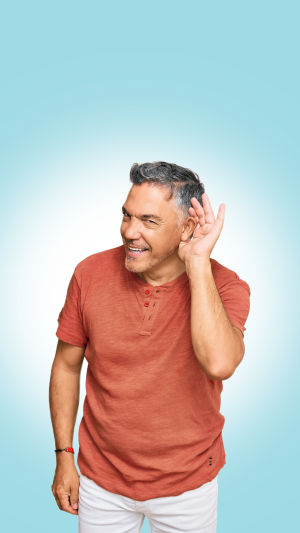Balance is a complex physiological function, relying on the precise coordination of multiple sensory systems.
Among these, the ear plays a pivotal role in maintaining equilibrium.
<h3>The Vestibular System: Ear's Balance Hub</h3>
Balance largely depends on the vestibular system, housed within the inner ear. This specialized sensory apparatus detects head movements and spatial orientation. It comprises semicircular canals and otolithic organs (the utricle and saccule), which sense rotational and linear accelerations respectively.
In a 2023 study, Dr. David Zee, a leading expert in neuro-otology, emphasized that "the vestibular system integrates with visual and proprioceptive inputs to provide the brain with critical spatial information necessary for postural control."
<h3>How Vestibular Signals Maintain Equilibrium</h3>
The semicircular canals detect angular acceleration via fluid movement that deflects hair cells, triggering nerve impulses. These signals travel through the vestibular nerve to the brainstem and cerebellum, areas responsible for motor coordination and balance.
Additionally, the otolithic organs respond to gravity and linear movements by shifting tiny crystals called otoconia, stimulating hair cells. This dual detection system enables precise real-time monitoring of head position and motion, allowing rapid reflexes to stabilize posture and gaze.
<h3>Disorders of the Ear and Their Impact on Balance</h3>
Vestibular dysfunction can arise from various causes including infections, trauma, degenerative conditions, or idiopathic origins. Benign paroxysmal positional vertigo (BPPV) is a prevalent disorder characterized by dislodged otoconia interfering with semicircular canal function, producing dizziness and imbalance.
Recent studies (2024) report that vestibular migraines and Meniere's disease also significantly disrupt vestibular signaling, leading to recurrent vertigo and gait instability. Dr. Susan King, an otolaryngologist, notes that "accurate diagnosis and vestibular rehabilitation are essential in mitigating long-term balance impairment in affected patients."
<h3>Advances in Diagnostic Techniques</h3>
Technological innovations have enhanced the ability to assess vestibular function with precision. Video head impulse testing (vHIT) and vestibular evoked myogenic potentials (VEMP) enable clinicians to evaluate semicircular canal and otolithic function separately.
Functional MRI studies have begun to map central vestibular pathways, shedding light on how the brain integrates ear-derived signals with visual and somatosensory information. These insights are revolutionizing the approach to diagnosing complex balance disorders.
<h3>Therapeutic Interventions Targeting Vestibular Balance</h3>
Treatment strategies aim to restore vestibular function or compensate for deficits. Vestibular rehabilitation therapy (VRT) employs specific exercises to promote central nervous system adaptation. Emerging pharmacological agents targeting neurotransmitter systems involved in vestibular processing are under clinical trials, offering hope for refractory cases.
Dr. Richard Lewis, a neurologist specializing in balance disorders, highlights that "tailored vestibular therapy combined with cutting-edge diagnostic tools improves patient outcomes dramatically."
The ears are not merely organs of hearing, their vestibular components are crucial for maintaining balance. Disruptions within this system can lead to significant morbidity through dizziness and falls. Continuous advances in medical understanding and technology are enhancing the diagnosis and treatment of vestibular-related balance disorders, reinforcing the critical role of the ear in human equilibrium.





